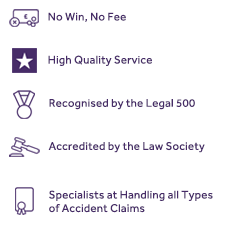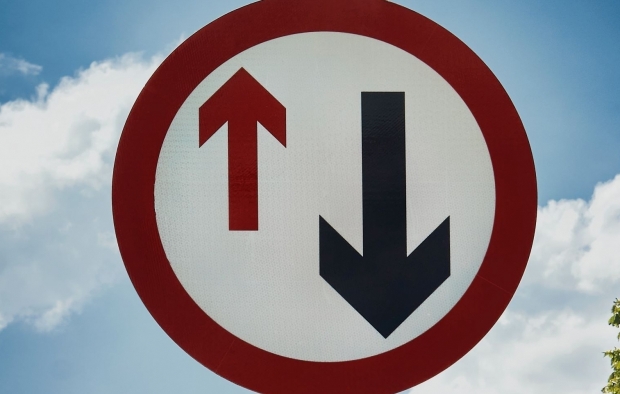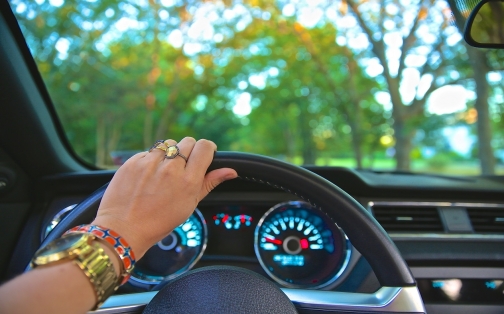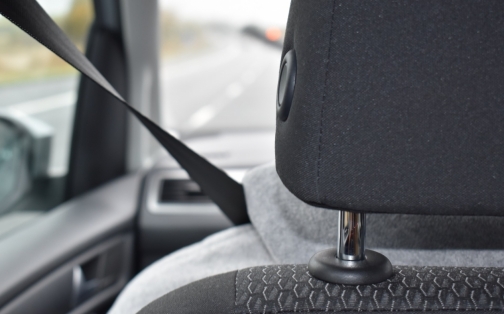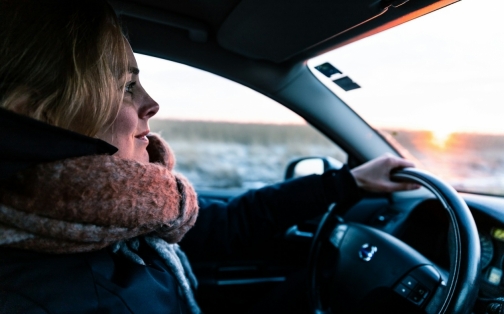
- Home
- News
- Road Traffic
- Highway Code Changes: How Will they Affect You?

Highway Code Changes: How Will they Affect You?
The Highway Code is set to undergo a few changes in 2022, but how could these alterations affect you when you’re on the road?
Some of the headline code changes include who bears the greatest responsibility for care and danger reduction, a slight amend to the priority at crossings, the engagement and actions around cyclists and motorists, and the introduction of the Dutch reach.
Cyclists and how motorists view them
As one of the most vulnerable road users, cyclists accounted for 9.7% of 2020 road deaths with the Highway Code being updated to hopefully lower these levels.
Cyclists are to be given extra space by motorists, with at least 1.5m required to avoid accidents of this nature where bumps and clips cause the cyclist to lose balance at speed. Drivers should also avoid overtaking them within their lane and allow cyclists to move across the path of vehicles while navigating a roundabout.
Among other cyclist-related rulings, riders can now ride in the middle of a lane of traffic so they are more visible but are encouraged, if it is safe to do so, to move to the left-hand side of the lane.
Who bears the greatest responsibility?
The greatest shift in the hierarchy of road users puts those who are most vulnerable – in terms of category of road user – at the top, with those in control of vehicles that can cause the greatest harm being assigned the greatest responsibility to reduce the potential dangers. These include bigger vehicles, like lorries and buses, through to vans, cars and motorcycles, all of which can cause considerable harm to a more vulnerable road user in the event of an accident.
Funnelling down the hierarchy, cyclists, horse riders, and drivers of horse-drawn vehicles have a renewed responsibility to manage danger levels in relation to pedestrians.
Crossing priority amends
Drivers should give way to pedestrians waiting or crossing the road at a junction, as well as when a person on foot is looking to use a zebra crossing. The tweak to the rules provides greater power to the pedestrian, who, like in the hierarchy of road users, is provided with a greater focus as a vulnerable road user.
This enhanced focus is based on statistics that show nearly one in four road deaths (24%) were pedestrians in 2020, with accidents involving this type of road user far too frequent.
To find out more about pedestrian accidents, click here to be taken to our dedicated information page.
Dutch reach
The Dutch reach has been used on the continent for decades to boost the awareness of cyclists on roads.
To do a Dutch reach, you need to open your vehicle door from the inside with the hand that’s furthest from the door handle. This method makes the driver turn their body and head, changing their view to get a better look at what’s going on and spot a cyclist, motorcyclist or any other road user who may be passing when a door is opened. Passengers should also adopt this method.
Share this article
Why choose Winn Solicitors?
